S.KOREA'S OFFSHORE WIND POWER
입력 2022.06.07 (15:10)
수정 2022.06.07 (16:46)
읽어주기 기능은 크롬기반의
브라우저에서만 사용하실 수 있습니다.
[Anchor Lead]
Offshore wind power is among the rapidly growing renewable energy sources used around the world. Global offshore wind power generation has nearly doubled in two years. Korea currently produces 0.12 gigawatts of offshore wind power, only one-hundredth of its 2030 goal.
[Pkg]
An underwater cable is loaded onto a docked ship. The cable was made using domestic technology. It is loaded using special techniques because of its enormous weight and size. Its destination is the sea off Taiwan. As orders poured in, this company doubled its workforce, but demand for its underwater cables largely comes from abroad.
[Soundbite] Lee Wook(LS Cable & System) : "There is more demand for offshore wind power overseas than in Korea. Underwater cables that we produce are exported to Europe, Asia and N. America."
Currently, only three complexes in Korea can produce offshore wind power. Even if two other complexes currently under construction are taken into account, the combined capacity is just 0.6 gigawatts.
That is far below the 2030 goal. Red tape is a major factor behind the sluggish progress. Permits from ten government agencies are required, including the ministries of Oceans and Fisheries, environment, defense as well as the Cultural Heritage Administration. There are nearly 30 related laws and regulations. As a result, it takes six years on average to acquire a permit. This is being criticized as inefficient,especially when compared with Taiwan, whose energy bureau processes 11 permits within three or four years. Another point to consider is how to deal with opposition from fishermen, who are worried about damage to their business. There are also calls to develop technologies that take into consideration the domestic maritime situation.
[Soundbite] Prof. Yoo Seung-hoon(Seoul Nat’l Univ. of Science and Technology) : "On the west coast, the strength and direction of wind is weak. On the east coast, the sea is too deep, making it difficult to produce wind power."
The government has vowed to nurture the wind energy sector as one of its state projects.
Offshore wind power is among the rapidly growing renewable energy sources used around the world. Global offshore wind power generation has nearly doubled in two years. Korea currently produces 0.12 gigawatts of offshore wind power, only one-hundredth of its 2030 goal.
[Pkg]
An underwater cable is loaded onto a docked ship. The cable was made using domestic technology. It is loaded using special techniques because of its enormous weight and size. Its destination is the sea off Taiwan. As orders poured in, this company doubled its workforce, but demand for its underwater cables largely comes from abroad.
[Soundbite] Lee Wook(LS Cable & System) : "There is more demand for offshore wind power overseas than in Korea. Underwater cables that we produce are exported to Europe, Asia and N. America."
Currently, only three complexes in Korea can produce offshore wind power. Even if two other complexes currently under construction are taken into account, the combined capacity is just 0.6 gigawatts.
That is far below the 2030 goal. Red tape is a major factor behind the sluggish progress. Permits from ten government agencies are required, including the ministries of Oceans and Fisheries, environment, defense as well as the Cultural Heritage Administration. There are nearly 30 related laws and regulations. As a result, it takes six years on average to acquire a permit. This is being criticized as inefficient,especially when compared with Taiwan, whose energy bureau processes 11 permits within three or four years. Another point to consider is how to deal with opposition from fishermen, who are worried about damage to their business. There are also calls to develop technologies that take into consideration the domestic maritime situation.
[Soundbite] Prof. Yoo Seung-hoon(Seoul Nat’l Univ. of Science and Technology) : "On the west coast, the strength and direction of wind is weak. On the east coast, the sea is too deep, making it difficult to produce wind power."
The government has vowed to nurture the wind energy sector as one of its state projects.
■ 제보하기
▷ 카카오톡 : 'KBS제보' 검색, 채널 추가
▷ 전화 : 02-781-1234, 4444
▷ 이메일 : kbs1234@kbs.co.kr
▷ 유튜브, 네이버, 카카오에서도 KBS뉴스를 구독해주세요!
- S.KOREA'S OFFSHORE WIND POWER
-
- 입력 2022-06-07 15:10:14
- 수정2022-06-07 16:46:33
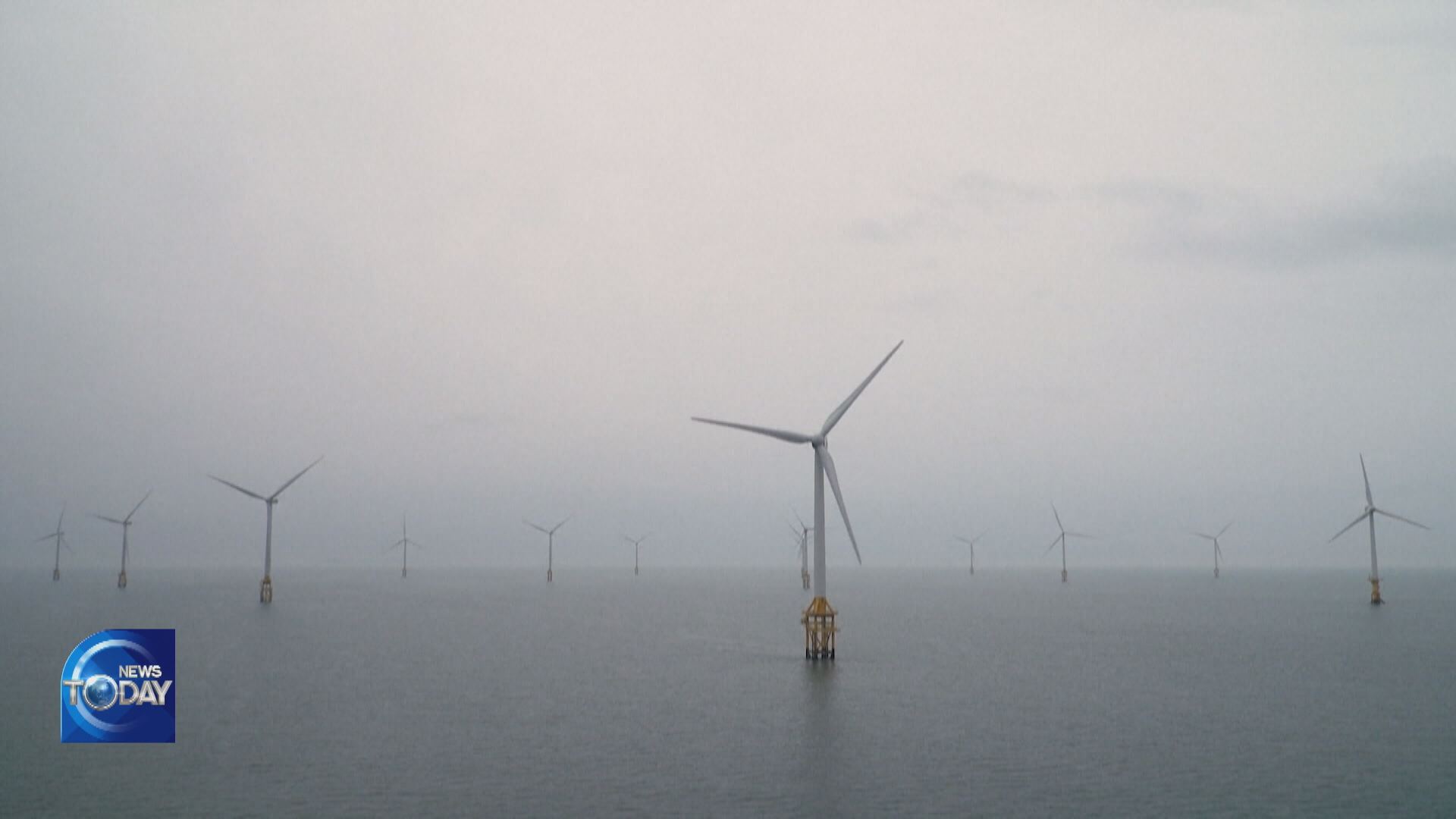
[Anchor Lead]
Offshore wind power is among the rapidly growing renewable energy sources used around the world. Global offshore wind power generation has nearly doubled in two years. Korea currently produces 0.12 gigawatts of offshore wind power, only one-hundredth of its 2030 goal.
[Pkg]
An underwater cable is loaded onto a docked ship. The cable was made using domestic technology. It is loaded using special techniques because of its enormous weight and size. Its destination is the sea off Taiwan. As orders poured in, this company doubled its workforce, but demand for its underwater cables largely comes from abroad.
[Soundbite] Lee Wook(LS Cable & System) : "There is more demand for offshore wind power overseas than in Korea. Underwater cables that we produce are exported to Europe, Asia and N. America."
Currently, only three complexes in Korea can produce offshore wind power. Even if two other complexes currently under construction are taken into account, the combined capacity is just 0.6 gigawatts.
That is far below the 2030 goal. Red tape is a major factor behind the sluggish progress. Permits from ten government agencies are required, including the ministries of Oceans and Fisheries, environment, defense as well as the Cultural Heritage Administration. There are nearly 30 related laws and regulations. As a result, it takes six years on average to acquire a permit. This is being criticized as inefficient,especially when compared with Taiwan, whose energy bureau processes 11 permits within three or four years. Another point to consider is how to deal with opposition from fishermen, who are worried about damage to their business. There are also calls to develop technologies that take into consideration the domestic maritime situation.
[Soundbite] Prof. Yoo Seung-hoon(Seoul Nat’l Univ. of Science and Technology) : "On the west coast, the strength and direction of wind is weak. On the east coast, the sea is too deep, making it difficult to produce wind power."
The government has vowed to nurture the wind energy sector as one of its state projects.
Offshore wind power is among the rapidly growing renewable energy sources used around the world. Global offshore wind power generation has nearly doubled in two years. Korea currently produces 0.12 gigawatts of offshore wind power, only one-hundredth of its 2030 goal.
[Pkg]
An underwater cable is loaded onto a docked ship. The cable was made using domestic technology. It is loaded using special techniques because of its enormous weight and size. Its destination is the sea off Taiwan. As orders poured in, this company doubled its workforce, but demand for its underwater cables largely comes from abroad.
[Soundbite] Lee Wook(LS Cable & System) : "There is more demand for offshore wind power overseas than in Korea. Underwater cables that we produce are exported to Europe, Asia and N. America."
Currently, only three complexes in Korea can produce offshore wind power. Even if two other complexes currently under construction are taken into account, the combined capacity is just 0.6 gigawatts.
That is far below the 2030 goal. Red tape is a major factor behind the sluggish progress. Permits from ten government agencies are required, including the ministries of Oceans and Fisheries, environment, defense as well as the Cultural Heritage Administration. There are nearly 30 related laws and regulations. As a result, it takes six years on average to acquire a permit. This is being criticized as inefficient,especially when compared with Taiwan, whose energy bureau processes 11 permits within three or four years. Another point to consider is how to deal with opposition from fishermen, who are worried about damage to their business. There are also calls to develop technologies that take into consideration the domestic maritime situation.
[Soundbite] Prof. Yoo Seung-hoon(Seoul Nat’l Univ. of Science and Technology) : "On the west coast, the strength and direction of wind is weak. On the east coast, the sea is too deep, making it difficult to produce wind power."
The government has vowed to nurture the wind energy sector as one of its state projects.
이 기사가 좋으셨다면
-
좋아요
0
-
응원해요
0
-
후속 원해요
0










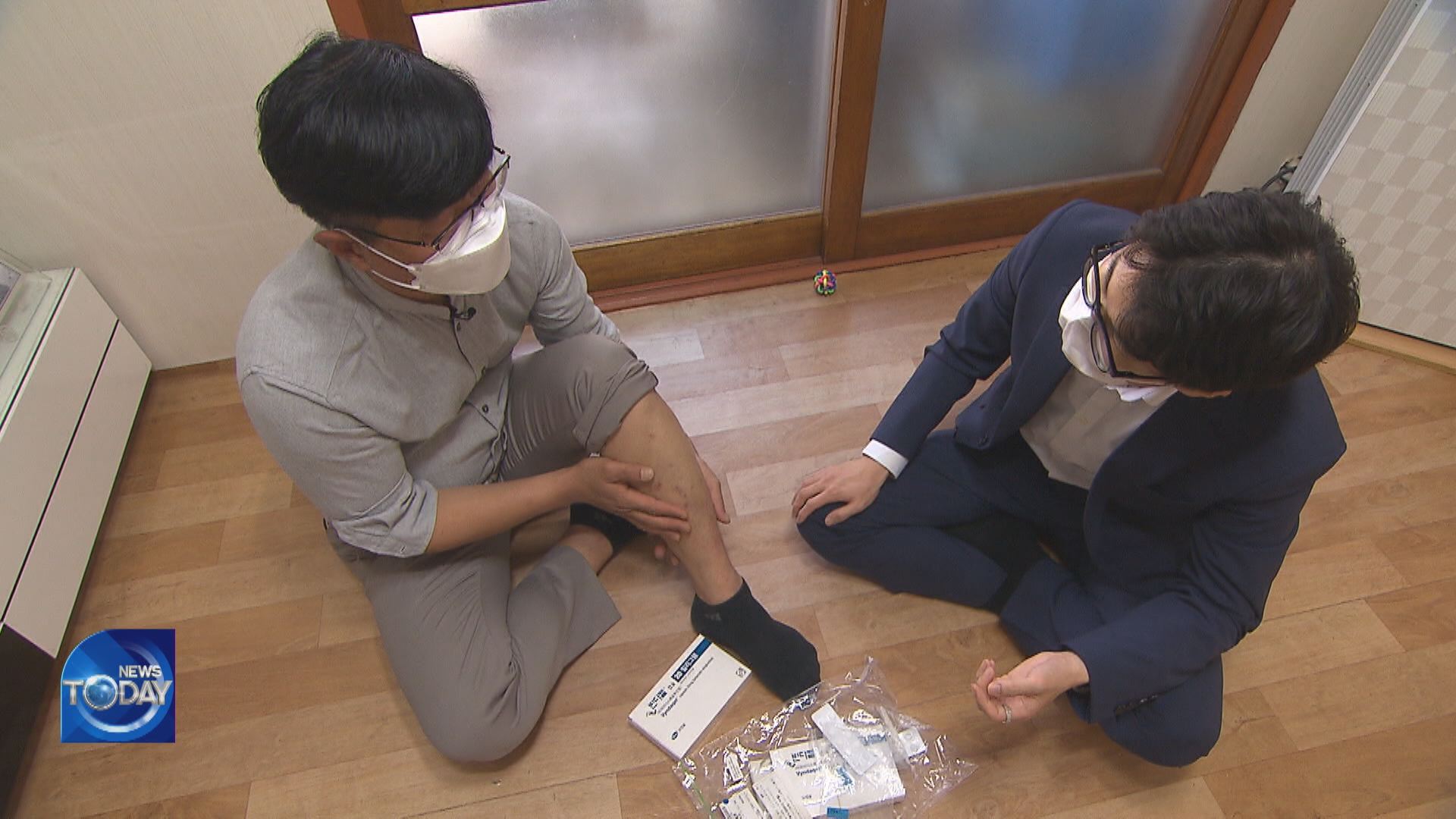
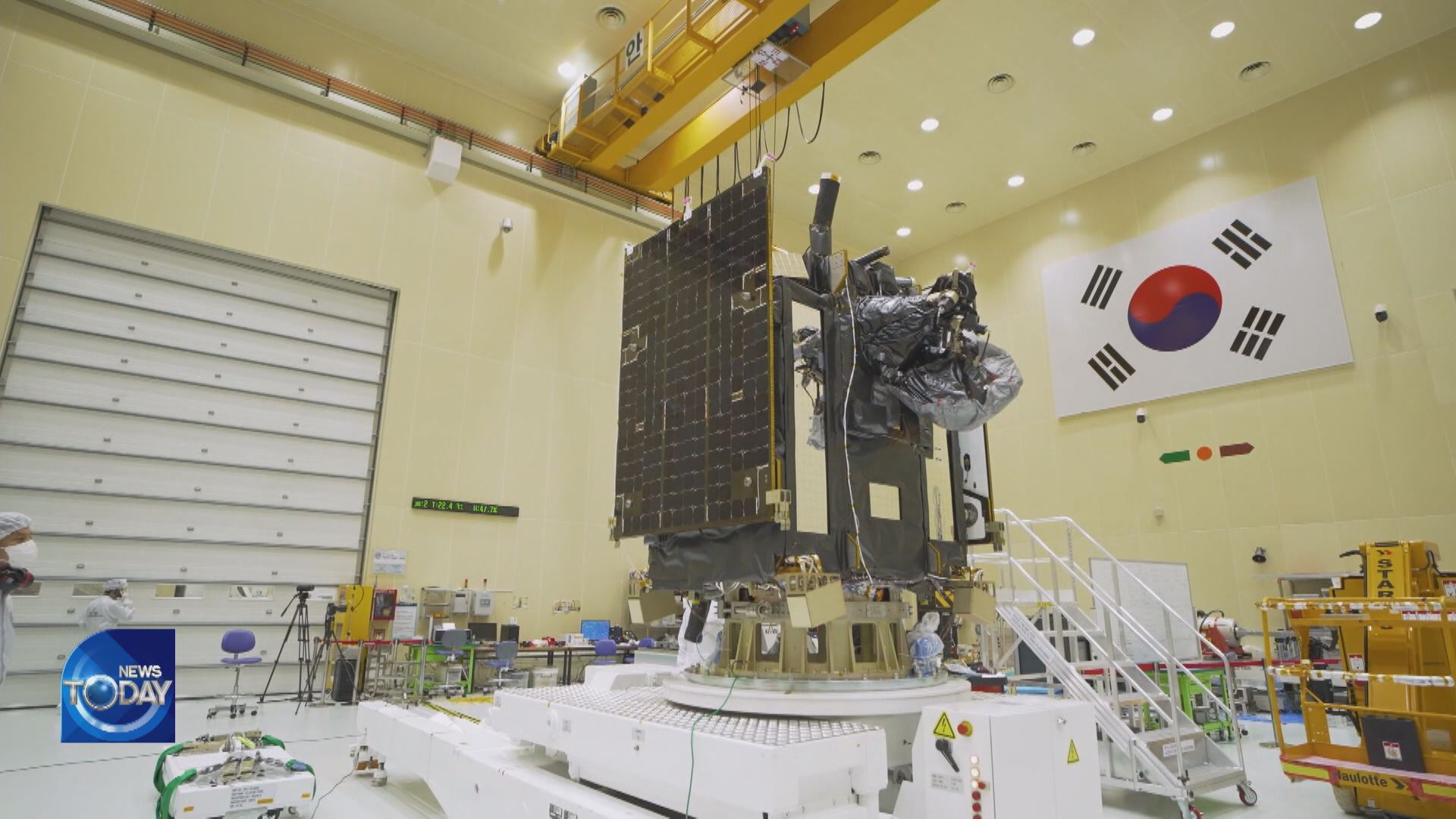
![[속보] 국민의힘 혁신위원장에 안철수 의원…“당 개혁 최적임자”](/data/layer/904/2025/07/20250702_Y70u81.jpg)
![[속보] 내란 특검, 한덕수 전 국무총리·안덕근 산업통상자원부 장관 소환](/data/layer/904/2025/07/20250702_6G7sdH.png)
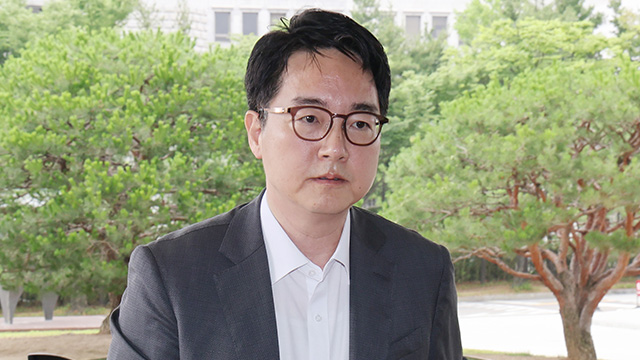
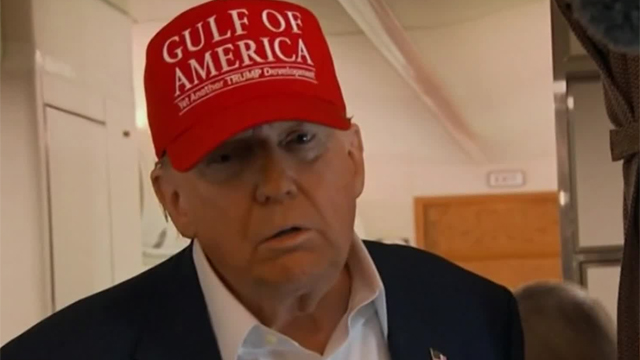

이 기사에 대한 의견을 남겨주세요.